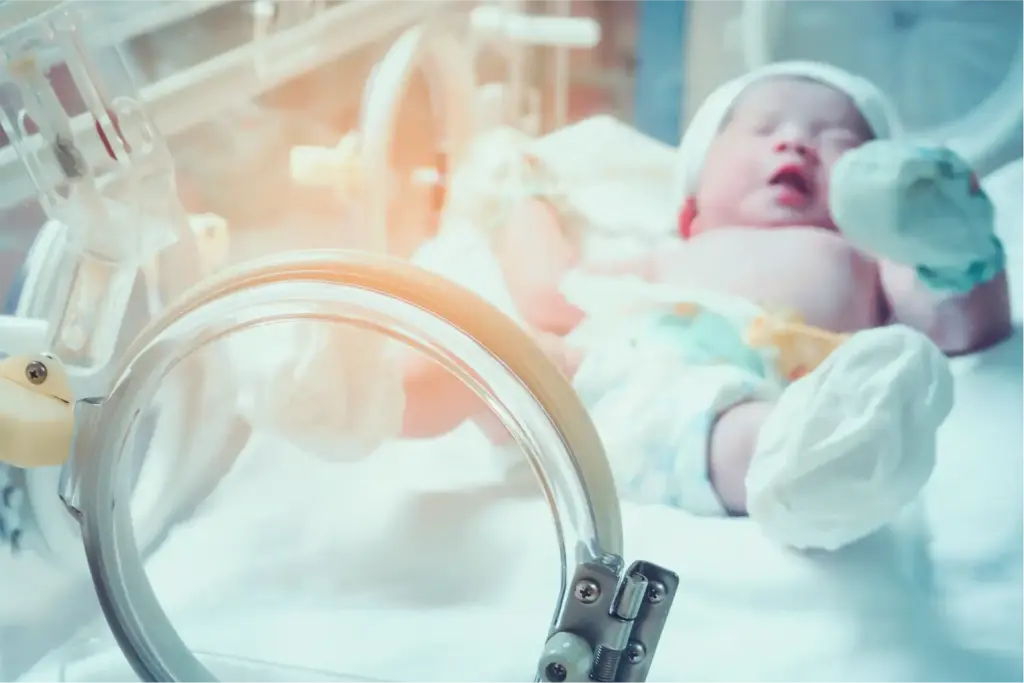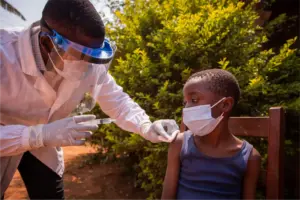
Congenital heart disease: Partial heart transplants using donor semilunar valves appear to be a safe and feasible option for children with congenital heart disease, with early evidence showing that the transplanted tissue can grow appropriately with young patients, researchers have reported.
In a case series published in JAMA, 19 patients underwent partial transplants at a US pediatric cardiac surgery and transplant center between April 2022 and December 2024. Most were infants under four months old, though the series also included older children and one adult. The procedures involved transplanting freshly obtained donor valves rather than the cryopreserved homografts typically used in valve replacement.
Also Read | Early childbirth doubles women’s risk of diabetes, heart failure, obesity: Study
Follow-up of the first nine patients showed encouraging results: valve annular diameters nearly doubled in size, with aortic valves growing from a median of 7 mm to 14 mm and pulmonary valves from 9 mm to 17 mm. Importantly, leaflet length also increased, suggesting true tissue growth rather than dilation. One patient required reoperation unrelated to the implanted valve, but no major complications linked to the valves or immunosuppression were reported.
“Partial heart transplant has the potential to provide growing and living tissue for valve replacement, addressing a critical limitation of current technologies,” wrote lead author Dr. Joseph W. Turek of Duke University and colleagues. They cautioned, however, that the approach is “not a panacea,” but an important step forward that will require further refinement.
Congenital valve disease in infants is especially difficult to manage because current replacements do not grow with the patient, often leading to multiple high-risk operations. By contrast, living donor tissue has shown the ability to adapt as children age.
An accompanying editorial by Dr. Kevin Daly of Boston Children’s Hospital called the findings promising but noted challenges, including equitable access to donor valves and the long-term risks of immunosuppression. These can include serious infections, kidney damage and other complications that may only become evident years after surgery.








